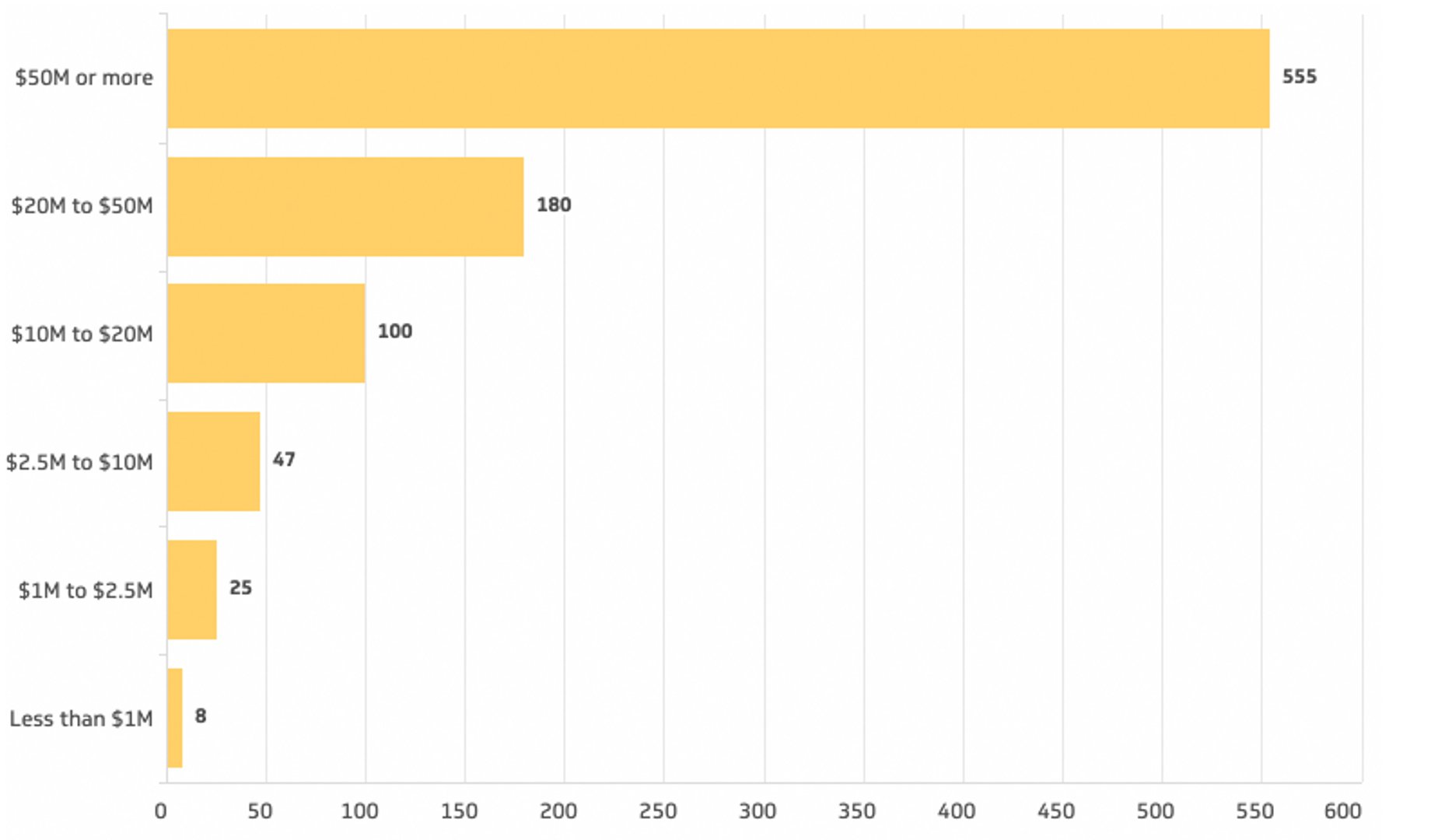Full-Time Employees
Last updated: Mar 07, 2025
What is Full-Time Employees?
Full-Time Employees generally work more than 4 days or 30 hours a week and are permanently employed, as opposed to being temporary or seasonal. In many countries, a Full-Time Employee is also entitled to health-care benefits and vacation pay among other legal employment standards.
Full-Time Employees Formula
Explore Full-Time Employees sample data
This visualization is a live embed from Klipfolio PowerMetrics.
Start tracking your Full-Time Employees data
Use Klipfolio PowerMetrics, our free analytics tool, to monitor your data. Choose one of the following available services to start tracking your Full-Time Employees instantly.
Full-Time Employees benchmarks
Number of Full Time Equivalent (FTE) Employees by ARR

How to visualize Full-Time Employees?
Use a summary chart to visualize your Full-Time Employees data and compare it to a previous time period.
Full-Time Employees visualization example
Summary Chart
Full-Time Employees
Chart
Measuring Full-Time EmployeesMore about Full-Time Employees
Contractors, students, volunteers, and any other temporary staff are not counted as a Full-Time Employee.
Other employee classifications are part-time, contract, and student / intern. For financial purposes, a calculated value of Full-Time Equivalents (FTE) is often used to understand the total contribution of all employee classifications.

